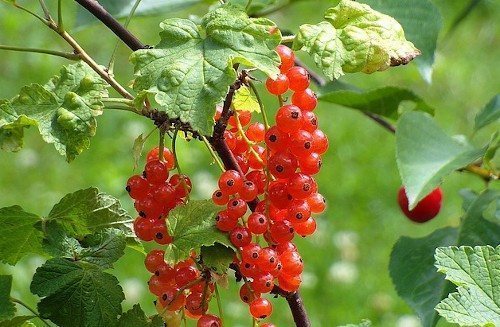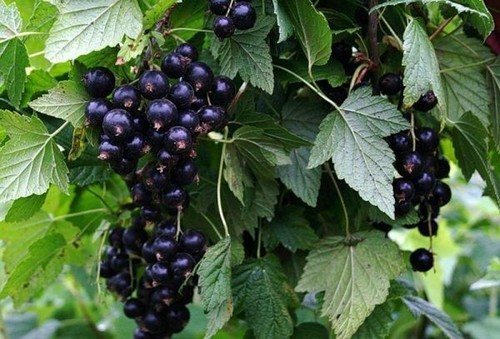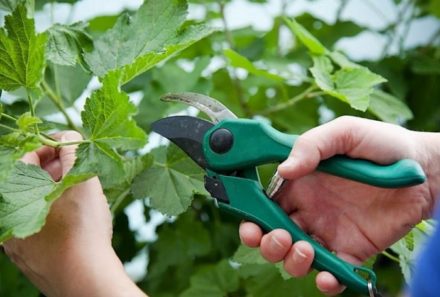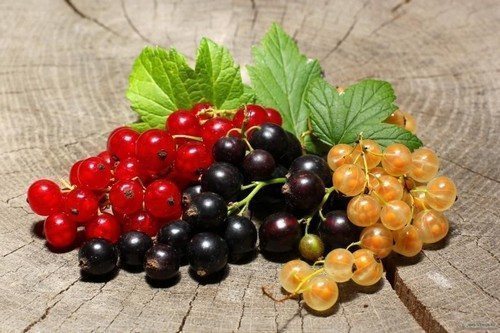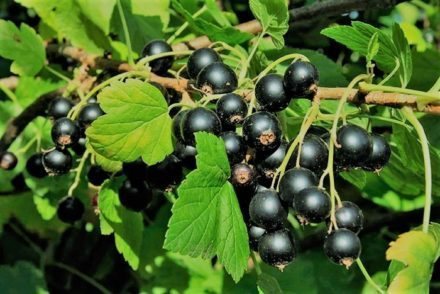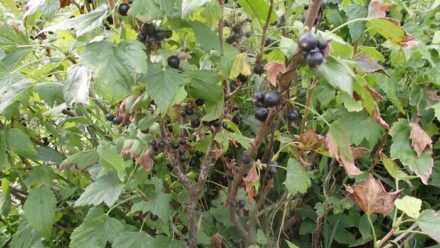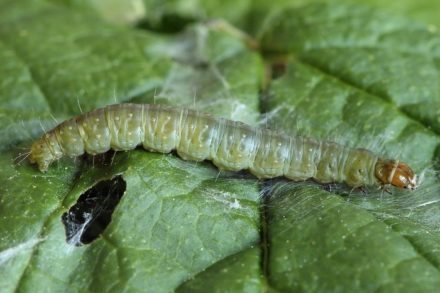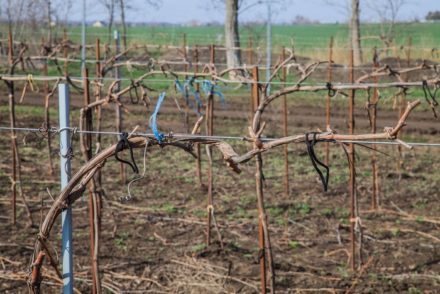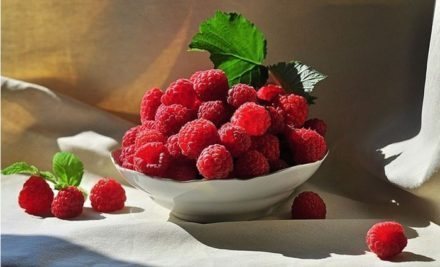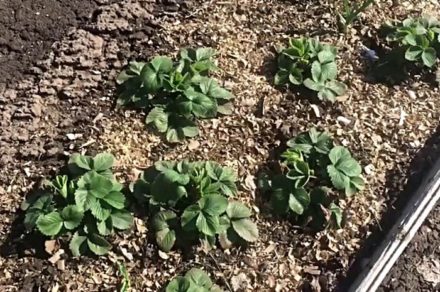The yield of currants depends not only on the variety. To obtain a voluminous harvest, it is important to properly care for the crop. In spring, a set of measures is necessarily carried out aimed at the formation of large and sweet berries. You need to deal with currants before the buds begin to bloom.
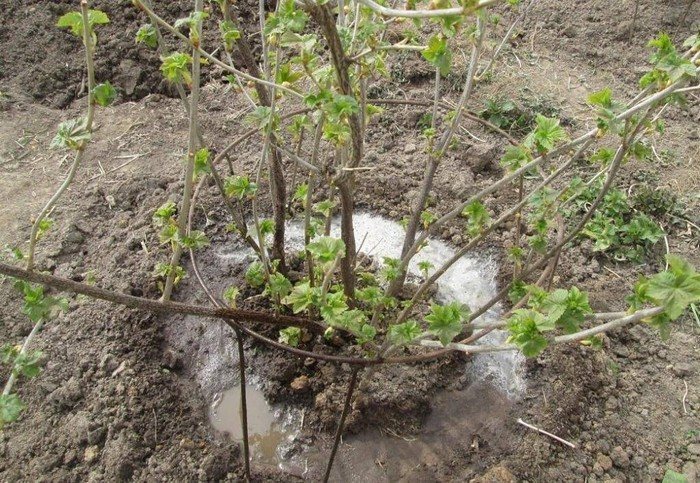
Shrub pruning
Currant buds bloom earlier than other crops. Therefore, you need to have time to visit your summer cottage in early spring in order to carry out the necessary activities. If the temperature has settled at + 5-7 °C, it’s time to act. To begin with, the covering material is removed from the currants in the case when the bushes were covered for the winter. After this, they begin sanitary and formative pruning.
Gardeners will be helped in this work by:
- pruner;
- brush cutter;
- hacksaw;
- knife.
The tool must be sharp. Before pruning, it is wiped with an alcohol-containing liquid or Chlorhexidine solution. To begin with, the bush is cleared of diseased, weak, damaged, dried shoots. At the same time, thickened branches growing vertically (tops) and branches of the lower tier touching the ground are removed.
Then they begin to form the bush. On one blackcurrant bush there should be 4-5 shoots of different ages at the same time - this will allow you to get a stable harvest every year. The age of the shoots is determined by their thickness and the color of the bark. The tops of the branches are shortened by 2-3 buds to stimulate branching.
The cut is made 5 mm above the remaining upper bud. If you neglect this rule, the shoot will begin to dry out. Red and white varieties are pruned differently, as their shoots bear fruit much longer. In this case, leave 3 branches of different ages from 1 to 7 years. The tops of the shoots are not cut off, since it is on them that abundant fruiting occurs.
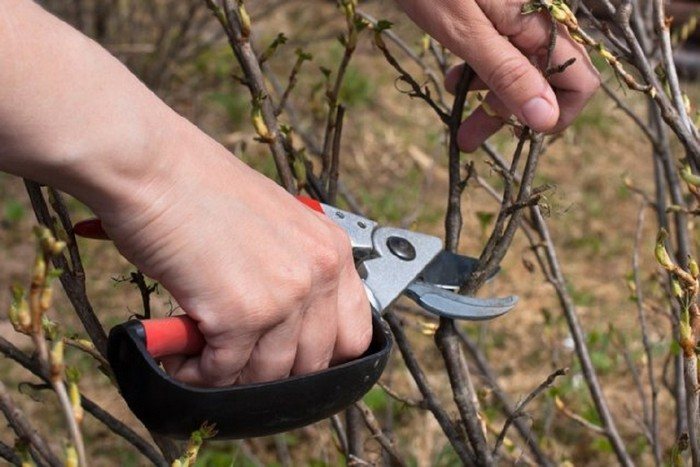
Garter and dousing with boiling water
As the weather warms up, pests begin to become more active. It is important to get rid of them before the insects begin to reproduce. This is precisely why dousing with hot water is done. Before this, the currants are tied up so that the branches are raised, then it is more convenient to process the bush.
The garter also improves the ventilation of the bush, and subsequently keeps the berries clean, preventing them from coming into contact with the ground. Pins or stakes are installed around the bush, which are then tied in a circle with twine. For the same purpose, you can use plastic hoops attached to a support dug into the ground. Such devices are purchased ready-made. You can make the structure yourself from PVC water pipes.
To douse the bushes, use freshly boiled water. Boiling water is poured into a metal watering can and the currant branches are doused with water that has cooled to 80-85 °C at this point from a distance of 20-25 cm. Hot water will not harm the currant shoots. But this method, safe for the plant, will help destroy overwintered larvae. In the future, currants, not weakened by pests, will be able to develop normally and form fruit clusters.
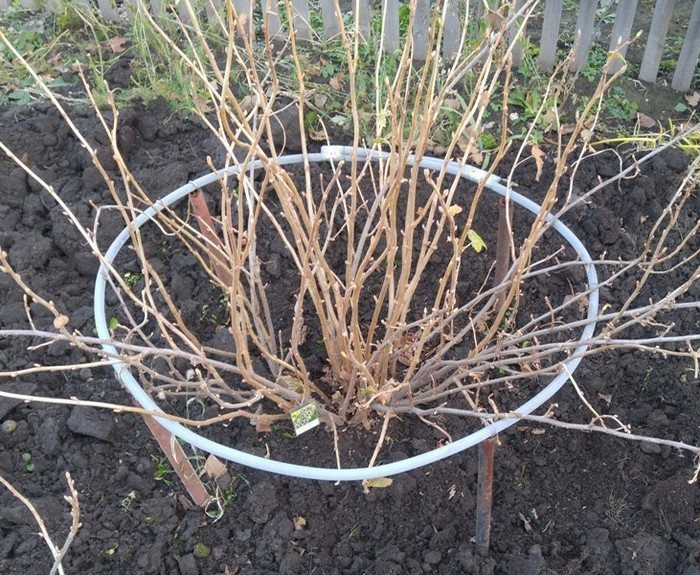
Prevention of fungal diseases
The yield of currants is greatly reduced if the bush is affected by a fungal infection. Spring treatment against fungus serves as a preventive measure. For this purpose, broad-spectrum fungicides are used:
- 3% Bordeaux mixture;
- 1% solution of copper sulfate;
- 1% solution of colloidal sulfur;
- "Topaz";
- "HOME."
Spraying with preparations is also carried out before the leaves bloom. A solution of 10 liters is enough to treat 2-3 adult bushes.
Plants should be sprayed with chemicals in closed clothing using a respirator, gloves and goggles. After treatment, you need to wash your face, rinse your mouth and wash your hands with soap. Clothes are first soaked in a hot solution of laundry soap and then washed as usual.
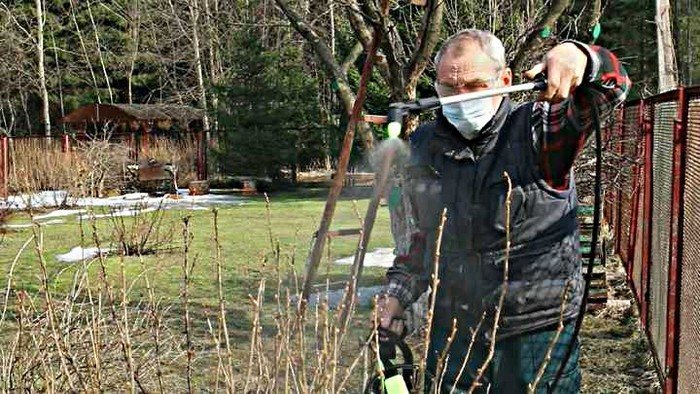
Spring feeding of currants
Spring fertilizing should be applied to currants 2-3 years after planting, if the hole has been filled with fertilizers. After winter, the shrub needs to stimulate active growth. Nitrogen fertilizers give a start to growth processes. This list includes:
- ammonium nitrate;
- ammonium sulfate;
- urea (urea);
- ammophoska;
- nitroammophoska.
Any of the drugs in an amount of 20-30 g/sq.m. m are brought into the root zone of the bush. You can apply this fertilizer in liquid form by first dissolving the granules in 10 liters of water. Feed when young leaves appear. Granular dry fertilizer is evenly scattered and embedded in the top layer of soil. The nutrient solution is poured into a groove previously dug around the bush.
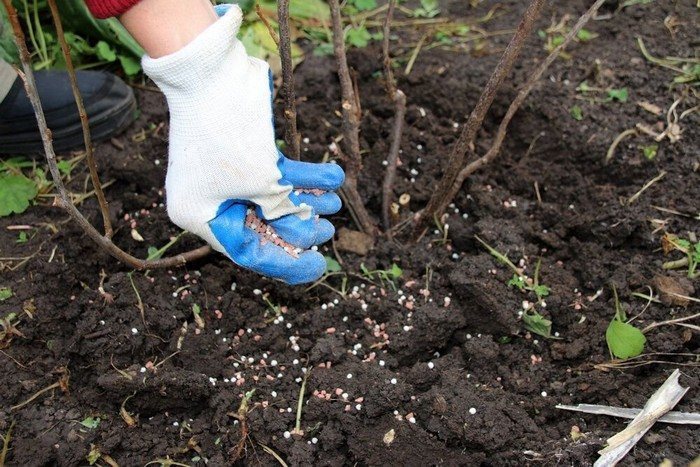
Preparing currants for the new season will not take much time, but will bring considerable benefits.If you prune the bush correctly, carry out protective treatment against pests and diseases, feed the plants, in due time the bush will give gardeners a harvest of large and sweet berries. At the same time, we must not forget that spring activities are only part of the care. In the future, currants will also require care and effort in the form of watering, fertilizing, weeding, and loosening the soil.


